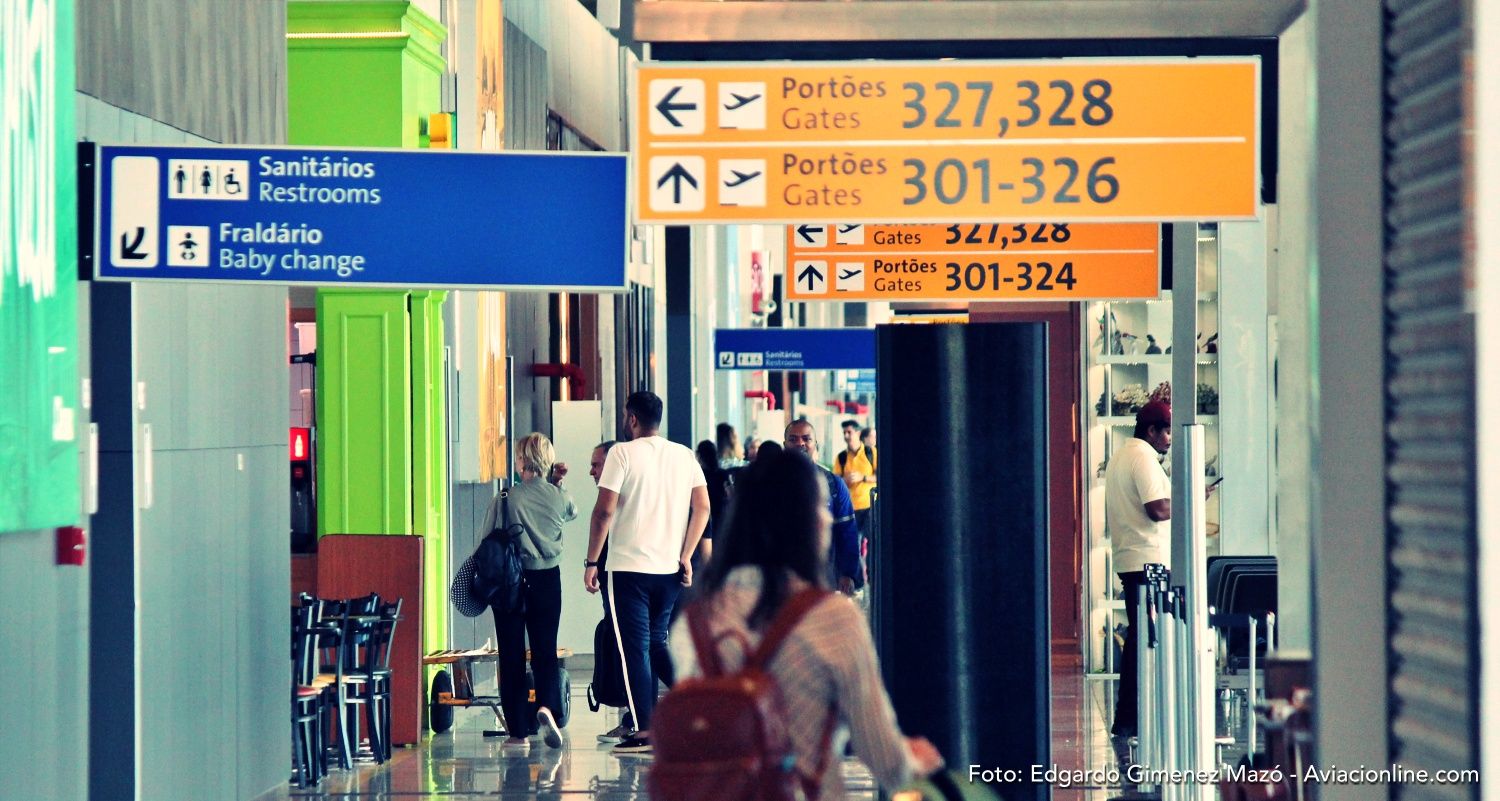Brazil: professions in the airline industry are among those that recovered the most in the last twelve months
The airline industry was one of the sectors that stood out the most in the recovery of jobs after the first wave of the Covid-19 pandemic, according to a recent survey conducted by the National Confederation of Trade in Goods, Services and Tourism (CNC for its initials in Portuguese), confirming the signs of a new stage of recovery for Brazilian commercial aviation.
Based on the analysis of the General Register of Employed and Unemployed (Caged), in the 12-month period ending in May 2021, the CNC reveals that several aviation-related occupations appear in the ranking of the 15 professions with the best figures, such as aeronautical engineers (increase of 20.8% compared to the stock of jobs in May 2020, ranking second), flight attendants (+ 13.5%, in seventh place), air assistance operator (+ 11.7%, eleventh place) and travel agent (+ 10.3%, thirtieth place).

The CNC survey evaluated the recent performance of the balance framed within the rules of the CLT (Consolidation of Labor Laws), considering more than 2,500 professions.
“In the study, we observed the supply of vacancies in the airline sector for very different levels of specialization, which gives some strength to the recovery of the sector. It is different from requiring a number of vacancies for a specific activity that does not require much qualification. As this research shows a variety of specializations in these observed vacancies, it is a strong indication that the sector has already begun to recover and that it has a very positive expectation for the course of this year,” said the economist and coordinator of the CNC study, Fabio Bentes.

Bentes recalls that, between the end of February and the beginning of May of last year, the retraction in the demand for air transport services caused a 92% reduction in the flow of airplanes at the 34 largest airports in Brazil. Consequently, Caged registered a negative balance of 9,242 thousand jobs in the airline sector between April and November 2020, a loss equivalent to 14.9% of the sector’s workforce.
With the start of easing at the end of the first half of 2020, demand reacted favorably again until the resurgence of the pandemic in late 2020 to 2021 caused another retraction in the flow of aircraft.
“Despite the exceptionally low comparative base of May last year, the revenue volume in the airline sector is the fastest growing in the tertiary sector, advancing 116% in the last 12 months ending in May, but still 29% below the pre-pandemic level, according to the IBGE’s Monthly Survey of Services,” Bentes observes.

According to the president of CNC, José Roberto Tadros, the presence of professionals linked to the aeronautical industry in the ranking of professions with higher highs is surprising and suggests a more favorable expectation for the sector in the coming months.
“Air transport was one of the sectors that reacted more quickly and negatively to the first wave of the pandemic in the second quarter of last year and in the first three months of this. We believe that there may be a significant reaction in this sector in the coming months, if the reduction of the impact generated by the pandemic continues,” observes José Roberto.


Comentarios
Para comentar, debés estar registrado
Por favor, iniciá sesión